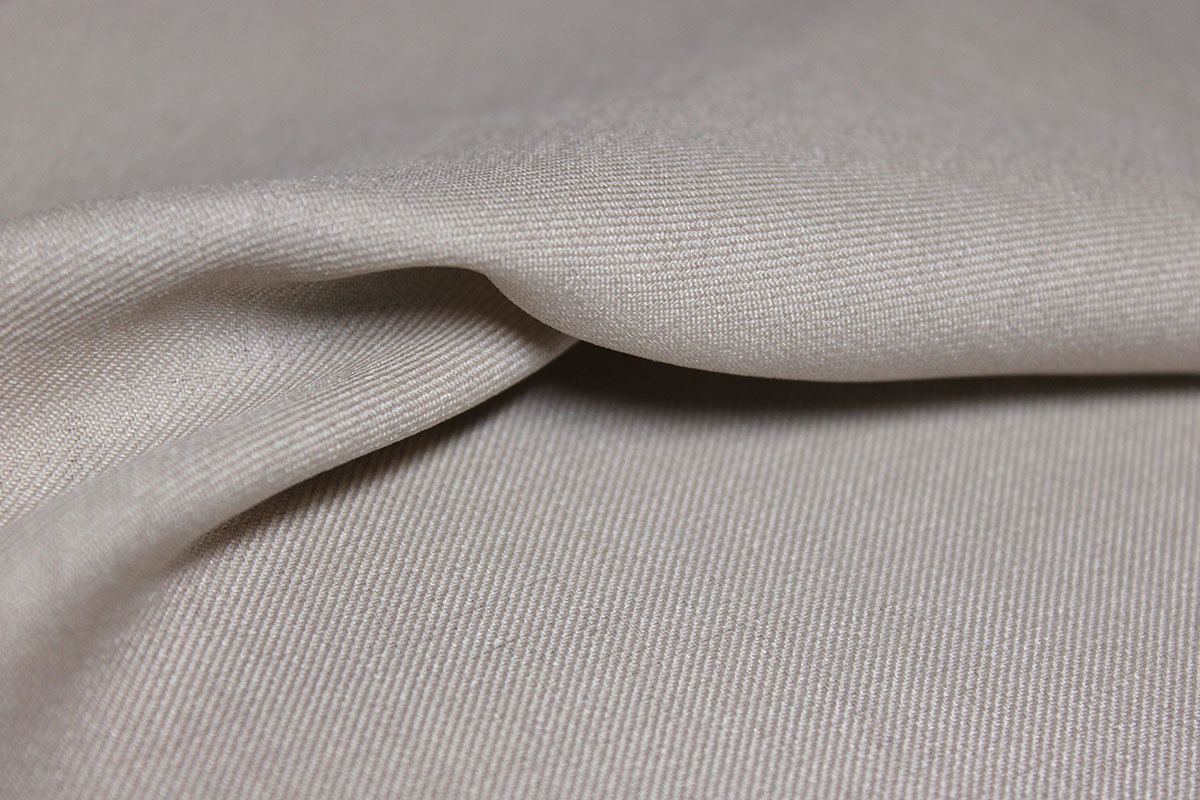Physical properties of wool-like silk
Imitation wool, commonly known as "polyester fiber". It is a synthetic fiber made of polyester made by polycondensing organic dibasic acid and diol by spinning, called PET fiber, which belongs to a polymer compound. Wool-like silk was invented in 1941 and is currently the largest synthetic fiber variety. The advantages of wool-like silk are good wrinkle resistance and shape retention, as well as high strength and elastic recovery. It is durable, wrinkle resistant, non-iron and non-stick.
Imitation wool, commonly known as "polyester fiber". It is a synthetic fiber made of polyester made by polycondensing organic dibasic acid and diol by spinning, called PET fiber, which belongs to a polymer compound. Wool-like silk was invented in 1941 and is currently the largest synthetic fiber variety. The advantages of wool-like silk are good wrinkle resistance and shape retention, as well as high strength and elastic recovery. It is durable, wrinkle resistant, non-iron and non-stick.
Physical properties of wool-like silk:
1. Color. Polyesters are usually milky white mercerizers, matting agent TiO2 must be added before spinning to produce dull products, brighteners are required when producing pure white products, and pigments or dyes must be added to the spinning melt to produce dull products. Production of colored yarns.
2. Surface and cross-sectional shape. The surface of the conventional wool-like silk is smooth and the cross section is almost circular. If a profiled spinneret is used, fibers with special cross-sectional shapes can be made, such as triangular, Y-shaped, hollow and other profiled cross-sectional filaments.

3. Density. When the polyester is completely amorphous, its density is 1.333 g/cm3. After complete crystallization, it was 1.455 g/cm3. Generally, wool-like silk has high crystallinity and a density of 1.38~1.40g/cm3, which is similar to wool (1.32g/cm3).
4. Recovery rate. In the standard state, the moisture regain of polyester is 0.4%, which is lower than that of acrylic (1%~2%) and nylon (4%). Wool-like silk has low hygroscopicity, so its wet strength decreases less, and the fabric has good washability and abrasion resistance. However, static electricity is severe during processing and wearing, and the fabric has poor breathability and moisture absorption.
5. Thermal performance. The softening point T of polyester is 230-240°C, the melting point Tm is 255-265°C, and the decomposition point T is about 300°C. Polyester burns in fire, curls and melts into beads with a smoky and aromatic smell.
6. Light fastness. The light resistance of wool-like yarn is second only to acrylic fibers. The light resistance of polyester is related to its molecular structure. Polyester only has a strong absorption band in the 315nm wavelength region, so after 600h of sunlight exposure, polyester only loses 60% of its strength, which is similar to cotton.
Previous page
Next page
previous page
Next page
Related information




